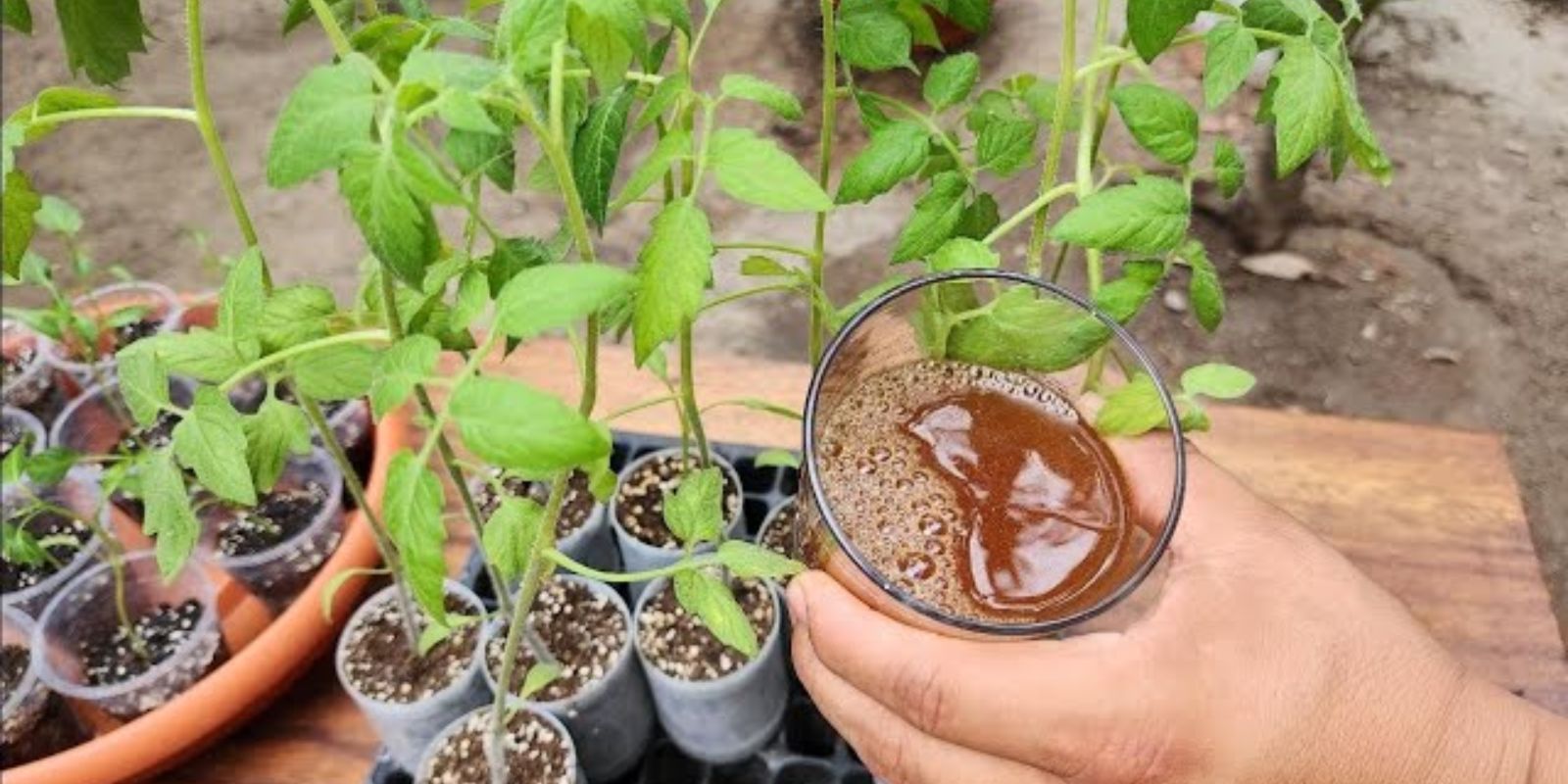Growing tomatoes, peppers, and cucumbers can be immensely rewarding, but achieving a successful harvest requires more than just sunlight and water. One crucial factor that often goes overlooked is the application of the right nutrients to the soil. This article delves into why a balanced fertilizer is indispensable for these popular garden vegetables and provides detailed guidance on how to use it effectively to ensure robust plant growth and bountiful yields.
The Importance of Fertilizing Vegetables
Tomatoes, peppers, and cucumbers are heavy feeders, meaning they deplete the soil of essential nutrients quickly. Without a steady supply of nutrients, these plants can suffer from poor growth, reduced fruit production, and susceptibility to pests and diseases. Fertilizing is not just about boosting plant growth; it’s about creating the optimal environment for your plants to thrive and produce an abundance of fruits.
Choosing the Right Fertilizer
The foundation of successful fertilization is selecting the right type of fertilizer. For tomatoes, peppers, and cucumbers, a balanced fertilizer is often the best choice. Here’s why:
- Balanced Nutrition: A balanced fertilizer contains equal parts of nitrogen (N), phosphorus (P), and potassium (K), often represented as a ratio such as 10-10-10. This ensures that your plants receive a comprehensive range of nutrients necessary for healthy growth.
- Vegetable-Specific Options: Alternatively, you can opt for fertilizers specifically formulated for vegetables, which may have adjusted nutrient ratios tailored to the needs of garden veggies.
- Organic vs. Synthetic: Both organic and synthetic fertilizers can be effective. Organic options, like compost or bone meal, release nutrients slowly and improve soil health over time. Synthetic fertilizers act more quickly but can lead to nutrient imbalances if overused.
Preparing the Soil
Before planting, it’s crucial to prepare your soil properly to ensure your plants have access to the nutrients they need:
- Test Your Soil: Begin by testing your soil to understand its current nutrient levels and pH. Soil testing kits are available at garden centers or through local extension services. This will help you determine the specific needs of your soil and avoid over- or under-fertilizing.
- Amend the Soil: Based on your soil test results, amend the soil with compost or other organic matter to improve its texture and nutrient content. Mix the chosen balanced fertilizer into the soil before planting to ensure that the nutrients are evenly distributed.
- Loosen the Soil: Tilling or digging the soil to a depth of about 12 inches helps incorporate the fertilizer and ensures that nutrients are accessible to the plant roots.
Applying Fertilizer
Effective fertilization involves not only the choice of fertilizer but also its proper application. Here’s how to apply it correctly:
- Before Planting: Incorporate the fertilizer into the soil at the time of planting. This gives your plants immediate access to essential nutrients as they establish their roots. Follow the recommended rates on the fertilizer package, usually about 1-2 cups per 100 square feet.
- During the Growing Season: Fertilize your plants every 4-6 weeks throughout the growing season. This continuous supply of nutrients supports ongoing growth and fruit production. Use the same balanced fertilizer or switch to one with slightly higher phosphorus if you want to boost blooming and fruiting.
- Application Method: For granular fertilizers, sprinkle the recommended amount around the base of the plants and gently work it into the topsoil. For liquid fertilizers, follow the instructions for mixing and apply it to the soil around the plants.
Monitoring and Adjusting
Regular monitoring of your plants and soil can help you adjust your fertilization practices as needed:
- Observe Plant Health: Watch for signs of nutrient deficiencies, such as yellowing leaves or stunted growth. These may indicate that the plants need additional nutrients or a different fertilizer formulation.
- Adjust Fertilizer Application: If you notice signs of over-fertilization, such as leaf burn or excessive leaf growth with few fruits, reduce the amount of fertilizer you apply. Always follow the manufacturer’s guidelines to avoid overuse.
- Seasonal Adjustments: Fertilizer needs can change with the seasons. For instance, in late summer or early fall, reduce or stop fertilizing to prevent new growth that might not harden off before winter.
Best Practices for Fertilizing
To maximize the effectiveness of your fertilization efforts, consider these best practices:
- Avoid Over-Fertilization: More is not always better. Over-fertilizing can lead to nutrient imbalances and environmental issues. Stick to the recommended amounts and frequencies.
- Water Wisely: Ensure that your plants receive adequate water, especially after fertilizing. Water helps dissolve and distribute the nutrients in the soil and prevents fertilizer burn.
- Maintain Soil Health: Along with fertilizing, practice good soil management techniques such as mulching, rotating crops, and incorporating organic matter. Healthy soil supports better nutrient uptake and plant growth.
Conclusion: Nourishing Your Vegetable Garden for Success
Proper fertilization is key to growing thriving tomatoes, peppers, and cucumbers. By choosing the right balanced fertilizer, preparing your soil, applying it correctly, and monitoring your plants, you can ensure that your garden produces a plentiful and healthy harvest.
Call to Action: Have you tried different fertilization techniques for your vegetable garden? Share your tips, experiences, or any questions you have in the comments below. Let’s grow successful gardens together! 🌱🍅🌶️

